In the oil and gas industry, maximising output within set timeframes is a critical objective for executives. This focus on efficiency directly reduces the backlog of critical maintenance tasks, thereby lowering the risk profile of asset management.
Every employee’s time is a valuable resource. However, when an employee spends a significant amount of time on non-value adding (NVA) activities, it drains resources and impacts employee productivity, especially when measured in wrench time.
This article discusses tools to help identify and eliminate NVA activities. By minimising wasted time, companies can free up valuable employee capacity to focus on value-adding tasks, thereby improving overall operational efficiency.
Eliminate lost time to make room for value-adding activities
With over 30 years of experience, Renoir Consulting has identified several key areas where NVA activities waste time and resources. These include impromptu meetings, inefficient tool mobilisation processes and unreliable transportation that takes away wrench time, and delays associated with permits-to-work.
So how can oil and gas companies eliminate NVA activities to free up capacity for more value-adding activities that can add value to the organisation and improve their productivity and safety? Here are some methods that Renoir has implemented to achieve this:
Analysis
When analysing how employees spend their time, we go beyond vague assumptions. Rigorous analysis reveals where people are really spending their time. With this insight, targeted solutions can be created to eliminate specific NVA activities and quantify potential improvements in terms of NVA elimination (where people can get more done in the same amount of time), leading to productivity gains.
Day in the Life of (DILO) observations
This is a tool that maps out a typical working day for employees, shedding light on time allocation, work processes and potential areas for improvement. It is not intended to be a personal assessment but rather a means of understanding the day-to-day challenges and issues employees face and how they respond. Tracking activities throughout the day uncovers areas of high-NVA and identifies opportunities for workflow optimisation.
Diagnostic interviews
Structured interviews can be used to gain clarity on job expectations and explore opportunities for improvement. Discussions should focus on existing work practices with the aim of eliminating NVA activities. Some questions to ask are: 1) How frequent are meetings and do they hinder productivity? 2) Can the time spent in meetings be reduced by better planning, preparation, and agenda control?
Wrench time study
Wrench time refers to the productive time technicians spend actively performing maintenance tasks. This includes activities such as reading instruments, using tools such as placing slings, and completing job-related documentation directly at the work location. Wrench time excludes time spent obtaining parts, tools, or instruction, travel associated with assigned tasks, obtaining permits-to-work or conducting site visits.
Wrench time studies are a valuable tool for benchmarking the actual time spent on maintenance tasks. This data allows analysis and continuous improvement of maintenance processes. It should be noted that the focus of these studies is not to identify individual inefficiencies, but rather to optimise planning and scheduling processes to ensure effective execution of maintenance activities.
How to change ingrained practices
Organisations can get stuck in their ways, doing things a certain way because “that’s the way we’ve always done it”. These practices, while comfortable, may not be the most efficient. In addition, some employees simply are not aware that certain activities or practices don’t add value.
Disrupting established processes and, in this context, identifying and eliminating NVA activities can be daunting. A more nuanced approach to changing ingrained practices is therefore required. Change management can be a powerful tool to address these issues that lead to ingrained NVA activities.
At Renoir Consulting, our change management experts work with your people to redesign processes to foster a sense of ownership and increase buy-in. Our approach also includes establishing clear metrics to track the impact of change. The data can be used to demonstrate the effectiveness of eliminating NVA activities and to work on further improvements.
Our workforce is drained by many non-value adding activities. We need solutions to get more done in the time available by eliminating time-wasting activities that no longer serve the organisation's goals.








